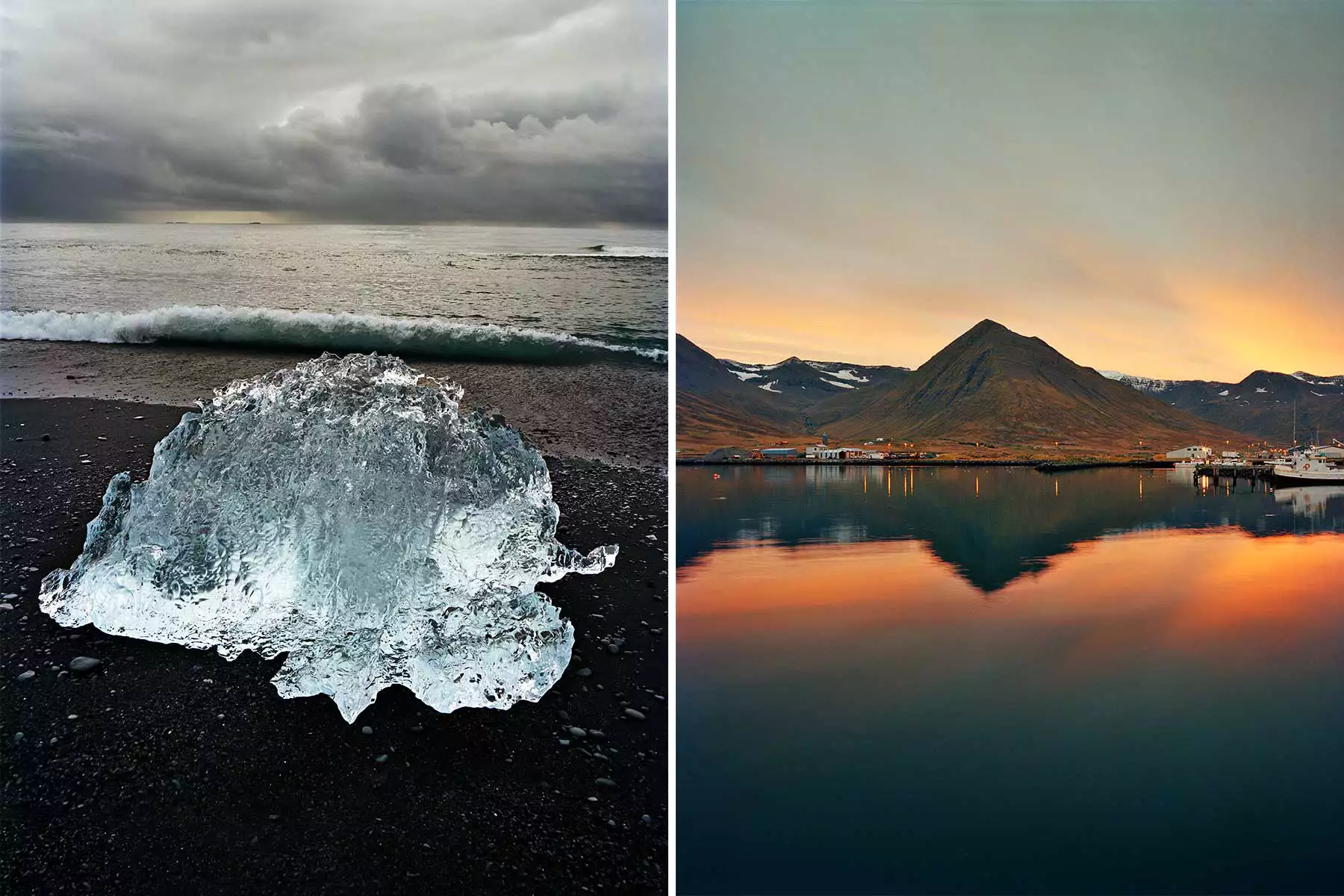Table of Contents
Introduction to Iceland’s Scenic Beauty
On a drive around Iceland’s Ring Road, photographer Frédéric Lagrange captures the extraordinary landscapes that define nearly every aspect of life on this volcanic island. Renowned poet Sjón reflects on the country’s breathtaking beauty, emphasizing the natural wonders that shape Icelandic culture.
Hallgrímskirkja: A Gothic Marvel
In Reykjavík, the northernmost capital on the planet, two quintessential buildings stand out: Hallgrímskirkja, the Lutheran parish church, and Harpa, the renowned music hall. Hallgrímskirkja towers majestically from a hill in the heart of the old town, its design reminiscent of volcanic formations. This house of worship pays tribute to one of Iceland’s most beloved poets: the pastor Hallgrímur Pétursson, known for his profound literary contributions.
The church takes on the shape of an álfakirkja, or elf church—a nod to local folklore. Icelanders believe in huldufólk (“hidden people”) residing in rock formations, having rich traditions entwined with their natural surroundings. The structure of Hallgrímskirkja echoes hexagonal basalt columns found throughout Iceland, creating a tangible connection to the land’s history.
Harpa: A Temple to Music
Harpa, another iconic building in Reykjavík, serves as a celebrated venue for music and the arts. Its innovative exterior, designed by Olafur Eliasson, mirrors the natural hexagonal basalt columns, composed of glass and steel, giving the illusion of solid rock. Inside, the transparent design creates striking views that blend the environment with the human experience.
Despite the six-decade gap between their constructions, Hallgrímskirkja and Harpa share a philosophy: a desire to marry cosmopolitan aspirations with the beauty of Iceland’s natural phenomena.
Cultural Connections: The Influence of Nature on Poets
Iceland’s raw beauty has influenced its inhabitants since childhood, shaping their identities. The landscape has inspired the works of profound artists like Jóhannes Sveinsson Kjarval and fueled the creativity of 19th-century Romantic poets. These literary figures reinvented the treacherous lava fields and dramatic landscapes, reflecting the resilience of the Icelandic spirit while forging a connection to their tumultuous environment.
The Allure for Foreign Travelers
As Icelanders discovered their own country, foreign travelers soon followed. Nineteenth-century explorers, artists, and writers ventured to Iceland, drawn by its legendary landscapes. Pioneering travel writer Ida Pfeiffer described it as having “nature in a garb such as she wears nowhere else,” which encapsulates the unique allure of Iceland.
Modern Discoveries: Revisiting Iceland
In recent years, Icelanders have revisited their homeland as vacationers, particularly during the COVID-19 pandemic when international travel was limited. The tourism industry has become crucial to the economy, and residents like my wife and I have taken to the famous Ring Road, exploring both familiar and new locations. The magical mountains and unique flora continue to astound, reminding us why visitors flock to this land.
Conclusion: The Landscape Within
Today, when city dwellers return to Reykjavík, they carry the essence of Iceland’s landscape within them. Structures like Harpa and Hallgrímskirkja evoke nature’s design, reminding inhabitants of the grandeur of the land. In challenging times, Iceland’s vastness serves as a poignant reminder that humanity is but a fragment of a larger poem.
:max_bytes(150000):strip_icc():format(webp)/hallgrimskirkja-church-dettifloss-waterfall-ICELAND1221-06c3346c2272431c95b9fc3eaa6a8ddc.jpg)
:max_bytes(150000):strip_icc():format(webp)/lake-myvatn-sheep-ICELAND1221-2ed277696d4749b88a428266e0c71864.jpg)
:max_bytes(150000):strip_icc():format(webp)/viti-crater-lake-blue-lagoon-ICELAND1221-a838b4d972c74c3e8fcdb6fd4734679f.jpg)
:max_bytes(150000):strip_icc():format(webp)/icelandic-fisherman-and-boat-ICELAND1221-9ee82d0236ce4bc7b521ed5ee845dfde.jpg)
:max_bytes(150000):strip_icc():format(webp)/reykjahlid-clouds-ICELAND1221-e88cfce37303405b8a8bfcca896a4dd4.jpg)
:max_bytes(150000):strip_icc():format(webp)/harpa-concert-hall-fjadrargljufur-canyon-ICELAND1221-2c9a34cb42394ece913e95adfb302898.jpg)




